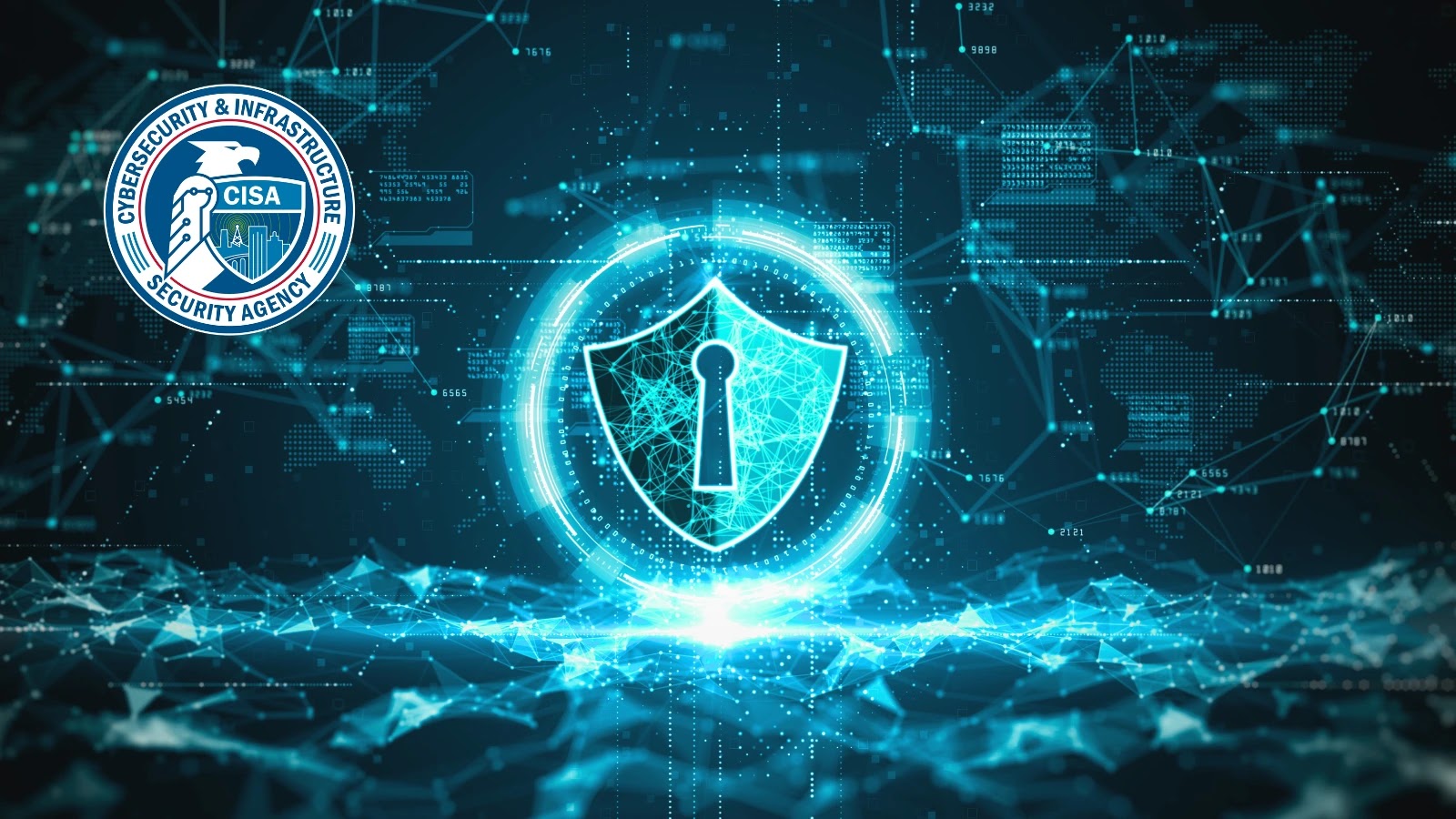
CISA Releases Operational Technology Guide for Owners and Operators Across all Critical Infrastructure
The interconnectedness of modern critical infrastructure presents unprecedented challenges for cybersecurity. As operational technology (OT) systems become increasingly integrated with IT networks, the attack surface expands, making them prime targets for malicious cyber actors. Recognizing this escalating threat, the Cybersecurity and Infrastructure Security Agency (CISA), in collaboration with international partners, has released crucial guidance aimed at fortifying the defenses of critical infrastructure sectors.
Understanding the Imperative for OT Cybersecurity
Operational Technology (OT) encompasses the hardware and software used to monitor and control physical processes, devices, and infrastructure. This includes industrial control systems (ICS), supervisory control and data acquisition (SCADA) systems, and distributed control systems (DCS) that manage vital functions in sectors such as energy, water, transportation, and manufacturing. A successful cyberattack on these systems can lead to catastrophic consequences, including service disruptions, environmental damage, and even loss of life.
The increasing sophistication of threat actors targeting OT environments underscores the urgent need for robust cybersecurity measures. Incidents like the Colonial Pipeline attack (which, while impacting IT, highlighted vulnerabilities related to operational dependencies) or the exploitation of ICS vulnerabilities underscore the critical nature of proactive defense. While specific CVEs impacting broad OT environments vary, the foundational issue remains asset visibility.
Foundations for OT Cybersecurity: The Asset Inventory Mandate
CISA’s new guidance, titled “Foundations for OT Cybersecurity: Asset Inventory Guidance for Owners and Operators,” directly addresses a fundamental weakness in many organizations’ OT security posture: the lack of a comprehensive and accurate asset inventory. This document asserts that knowing what’s on your network is the first and most critical step toward effective cybersecurity.
- Visibility is Key: You cannot protect what you don’t know you have. Without a precise inventory, organizations struggle to identify vulnerabilities, monitor for threats, or respond effectively to incidents.
- Accurate Data: The guidance emphasizes the importance of maintaining an up-to-date and granular inventory that includes details such as device type, manufacturer, model, serial number, firmware version, network connectivity, and associated patching status.
- Risk Prioritization: A robust asset inventory enables organizations to prioritize security efforts based on the criticality of assets and their potential impact on operations.
The Strategic Importance of OT Asset Management
Developing and continually maintaining an accurate OT asset inventory is not merely a compliance exercise; it is a strategic imperative for resilience. This foundational element supports numerous critical cybersecurity functions:
- Vulnerability Management: By knowing the specific software and hardware versions of OT assets, organizations can more effectively identify and address known vulnerabilities. For instance, understanding if a device is running an outdated firmware version susceptible to a known CVE-2022-30076 allows for targeted patching or mitigation.
- Configuration Management: An inventory provides a baseline for secure configurations, helping detect unauthorized changes.
- Network Segmentation: Accurate asset mapping is essential for implementing effective network segmentation, limiting the lateral movement of an attacker.
- Incident Response: During an incident, immediate knowledge of affected assets significantly reduces response times and impact.
- Compliance and Auditing: Many regulatory frameworks and industry standards mandate clear asset management practices.
Remediation Actions and Best Practices for OT Owners and Operators
Implementing CISA’s guidance requires a methodical approach. Owners and operators should consider the following actionable steps:
- Initiate a Comprehensive Discovery Process: Utilize passive and active discovery tools, network monitoring, and even manual verification to identify all connected OT assets. Prioritize non-intrusive methods to avoid disrupting sensitive operations.
- Establish a Centralized Asset Database: Create a single, authoritative source of truth for all OT asset information. This database should be regularly updated and accessible to relevant security and operational teams.
- Define Data Attributes: Determine what specific information needs to be collected for each asset (e.g., identity, location, network address, function, criticality rating, patch status, and software versions).
- Implement Continuous Monitoring: Asset inventories are not static. Deploy tools and processes to continuously monitor for new devices, changes to existing assets, and unauthorized connections.
- Integrate with Broader Security Programs: Link the OT asset inventory with vulnerability management, configuration management, and incident response programs to create a unified security posture.
- Foster Collaboration: Bridge the gap between IT and OT teams. Effective OT cybersecurity requires a shared understanding and collaborative effort.
The table below outlines types of tools that can assist in OT asset identification and inventory management:
| Tool Category | Purpose | Considerations |
|---|---|---|
| Passive Network Monitoring (e.g., Network Taps, SPAN Ports) | Identifies devices on the network without active probing, crucial for sensitive OT environments. Detects communication flows. | Minimizes operational disruption; requires specialized hardware for full visibility. |
| Active Network Scanning (Carefully Controlled) | Probes network devices to identify services, operating systems, and open ports. Use with extreme caution in OT. | Can cause disruption if not implemented correctly; essential for detailed insights into specific assets. |
| OT-Specific Asset Inventory Platforms | Specialized software designed to discover, track, and manage OT assets, often with deep protocol awareness. | Designed for OT environments; can integrate with other security tools; often provide vulnerability insights like the disclosure for CVE-2023-28681 in certain industrial software. |
| CMDBs (Configuration Management Databases) | Stores information about IT and OT assets and their relationships; typically broader in scope than dedicated asset inventory tools. | Good for overall IT/OT convergence; requires careful integration with OT-specific data. |
Conclusion
CISA’s release of the “Foundations for OT Cybersecurity: Asset Inventory Guidance for Owners and Operators” serves as a critical reinforcement of a fundamental security principle: you can only defend what you know you possess. As cyber threats against critical infrastructure continue to evolve, the imperative for accurate and continuous OT asset inventory management becomes non-negotiable. Organizations that embrace this guidance will not only enhance their immediate security posture but also build a more resilient and defensible foundation against future cyber challenges, safeguarding the essential services our society relies upon.





